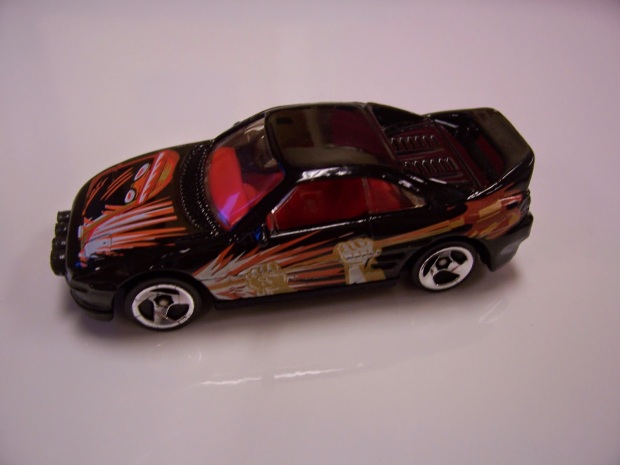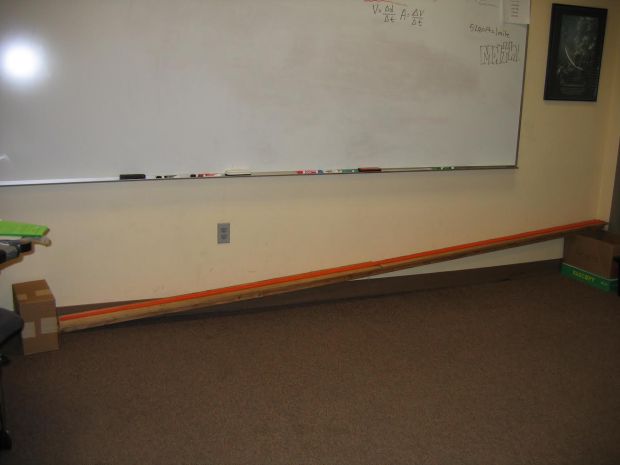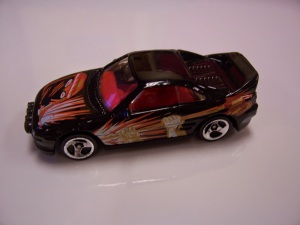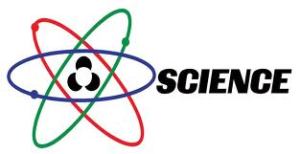
The objective of the “Hot Wheels Scientific Method Lab”, was to show understanding of the scientific method by designing a lab sheet for the following experiment, completing the experiment, then analyzing the data and reporting on the lab. I was to design a lab sheet with the following headings to use for the following experiment.
Problem/Question
Hypothesis
Independent and Dependent Variables
Procedure
Data
Analysis
Conclusion
Making sure to include a detailed procedure and tables to record my data in.
The question to the lab was to find out which surface the hot wheels race car went the furthest on. Wood, carpet, or sand paper. There would be three trials, and three different ramps, all at the same height and length. My hypothesis was that my car would go the furthest on the sand paper surface.
The independent and dependent variables were the surface as the independent and the distance was the dependent. The constants were as follows; surface and the car, where the car starts, height of the ramp, distance ramp is from the ground, and where the track is placed.
The procedure; I was going to measure the distance the ramp is from the ground, make sure to record where the car starts down the ramp, and place the ramp in the correct position. I recorded three trials, all starting the car at different heights on the ramp. Then I recorded my results when all three trials were completed.
This is my data table:
|
Carpet |
Sand Paper |
Wood |
| Trial 1 |
2 yards |
2 yards 30 in. |
2 yards 14 in. |
| Trial 2 |
1 yard 27 in. |
2 yards |
2 yards 20 in. |
| Trial 3 |
1 yard 32 in. |
1 yard 34 in. |
1 yard 28 in. |
 My analysis was that the car went the furthest on the sand paper when starting at the highest point (1st arrow).
My analysis was that the car went the furthest on the sand paper when starting at the highest point (1st arrow).
The distance the car went on the wood was affected by the way it made the car twist and turn. No other inferences were recorded.
My conclusion was that the experiment was to find out how far my car went on different surfaces. I recorded 3 trials for the procedure; each trial was at a different height on the ramp. All with different surfaces. My hypothesis was that my car would go the furthest on the sand paper surface. There was carpet, sand paper, and wood to test my car on the distance. I found that my car went the furthest on sand paper; recording it at 2 yards and 30 inches. When it was dropped at the highest point of the ramp. On carpet; 2 yards even. And on wood; 2 yards and 14 inches.







